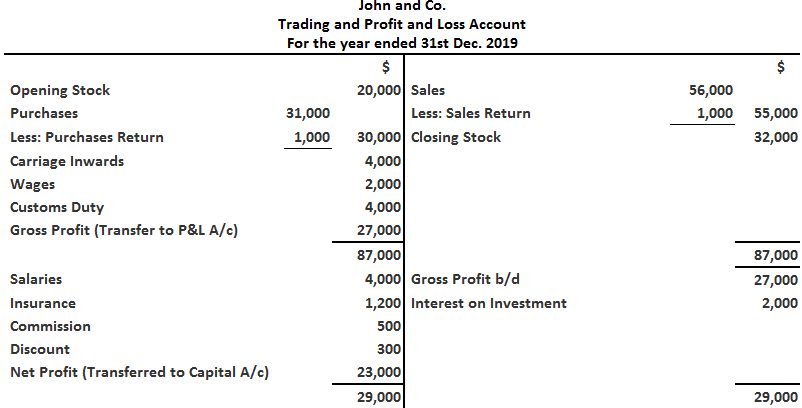Introduction: Unveiling the Enigma of Option Trading
In the labyrinthine realm of financial markets, option trading stands as an alluring yet enigmatic domain. These financial instruments, imbued with both the promise of immense profit and the potential for significant loss, have captivated traders for decades. Delving into the intricate world of option trading requires navigating a landscape fraught with risk and opportunity. This article aims to illuminate this captivating sphere, empowering traders with the knowledge and strategies to harness the power of options while mitigating potential losses.

Image: dollarsandsense.sg
Options, financial contracts that grant the holder the right (but not the obligation) to buy (call options) or sell (put options) an underlying asset at a predetermined price on a specific date, offer a tantalizing interplay of risk and reward. Understanding the nuances of this domain, traders can masterfully navigate the complexities of option trading, transforming market fluctuations into a symphony of profitable returns.
The Mechanics of Option Trading: Navigating the Options Landscape
At the heart of option trading lies a fundamental understanding of its mechanics. Call options confer upon their holder the right to purchase the underlying asset at a predetermined price known as the “strike price” on or before a set date known as the “expiration date.” Conversely, put options provide the holder with the right to sell the underlying asset at the strike price. The value of these contracts is influenced by numerous factors, including the current market price of the underlying asset, its volatility, the time remaining until expiration, and the prevailing interest rates.
Traders can choose between two predominant strategies in option trading: buying and selling options. Buying options, also known as “going long,” involves acquiring the right to buy or sell the underlying asset at a future date. Conversely, selling options, or “going short,” entails granting the buyer this right in exchange for a premium payment. Each strategy carries its own set of potential rewards and risks, demanding careful analysis and calculated decision-making.
Profiting in the Options Market: Harvesting Market Opportunities
The allure of option trading stems from its potential to generate substantial profits. When the underlying asset’s price moves in a favorable direction, the value of the option contract increases, potentially yielding a significant return for the holder. For example, if a trader purchases a call option on a stock that subsequently rises in value, the trader has the right to exercise their option and purchase the stock at the strike price, securing a profit from the difference between the strike price and the current market price. Similarly, a trader who sells a put option on a stock that declines in value benefits from the premium received for selling the option, as the obligation to sell the stock at the strike price becomes increasingly unlikely.
Risk Management in Option Trading: Preserving Capital in Volatile Markets
Despite its profit potential, option trading carries inherent risks, making it imperative for traders to implement sound risk management practices. As the underlying asset’s price fluctuates, the value of the option contract can swing wildly, exposing traders to potential losses. Unforeseen events, such as sudden market downturns or unexpected economic developments, can exacerbate these risks, resulting in substantial financial setbacks.
To mitigate these risks, traders must carefully assess their financial tolerance and risk profile before venturing into option trading. Prudent risk management techniques include setting clear entry and exit points, employing stop-loss orders to limit potential losses, and diversifying their portfolio to reduce overall market exposure. Additionally, traders should continuously monitor market conditions and adjust their strategies accordingly, adapting to the ebb and flow of the volatile financial landscape.

Image: haipernews.com
Advanced Option Trading Strategies: Maximizing Returns
Seasoned option traders delve into a diverse array of advanced strategies to enhance their profit potential and fine-tune their risk management practices. These strategies often involve combining multiple options contracts with varying strike prices and expiration dates, creating sophisticated positions tailored to specific market scenarios. Employing such strategies requires a profound understanding of option pricing models, a keen eye for identifying market inefficiencies, and the discipline to execute trades with precision and timing.
One such advanced strategy is the “straddle,” which involves simultaneously buying a call option and a put option with the same strike price and expiration date. This strategy capitalizes on the expected high volatility of the underlying asset, profiting from significant price movements in either direction. However, executing such strategies requires a thorough understanding of market dynamics and the ability to withstand substantial risk exposure.
Option Trading Profit And Loss
Conclusion: Mastering the Art of Option Trading
Option trading offers a myriad of opportunities for profit and growth but also carries inherent risks that must be carefully managed. Traders who embark on this path must possess a comprehensive understanding of option mechanics, pricing models, and risk management strategies. By embracing a disciplined approach, conducting thorough market analysis, and continually honing their skills, traders can navigate the complexities of option trading, harnessing its potential for financial success while mitigating potential pitfalls.






